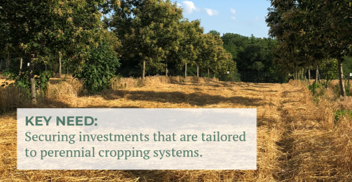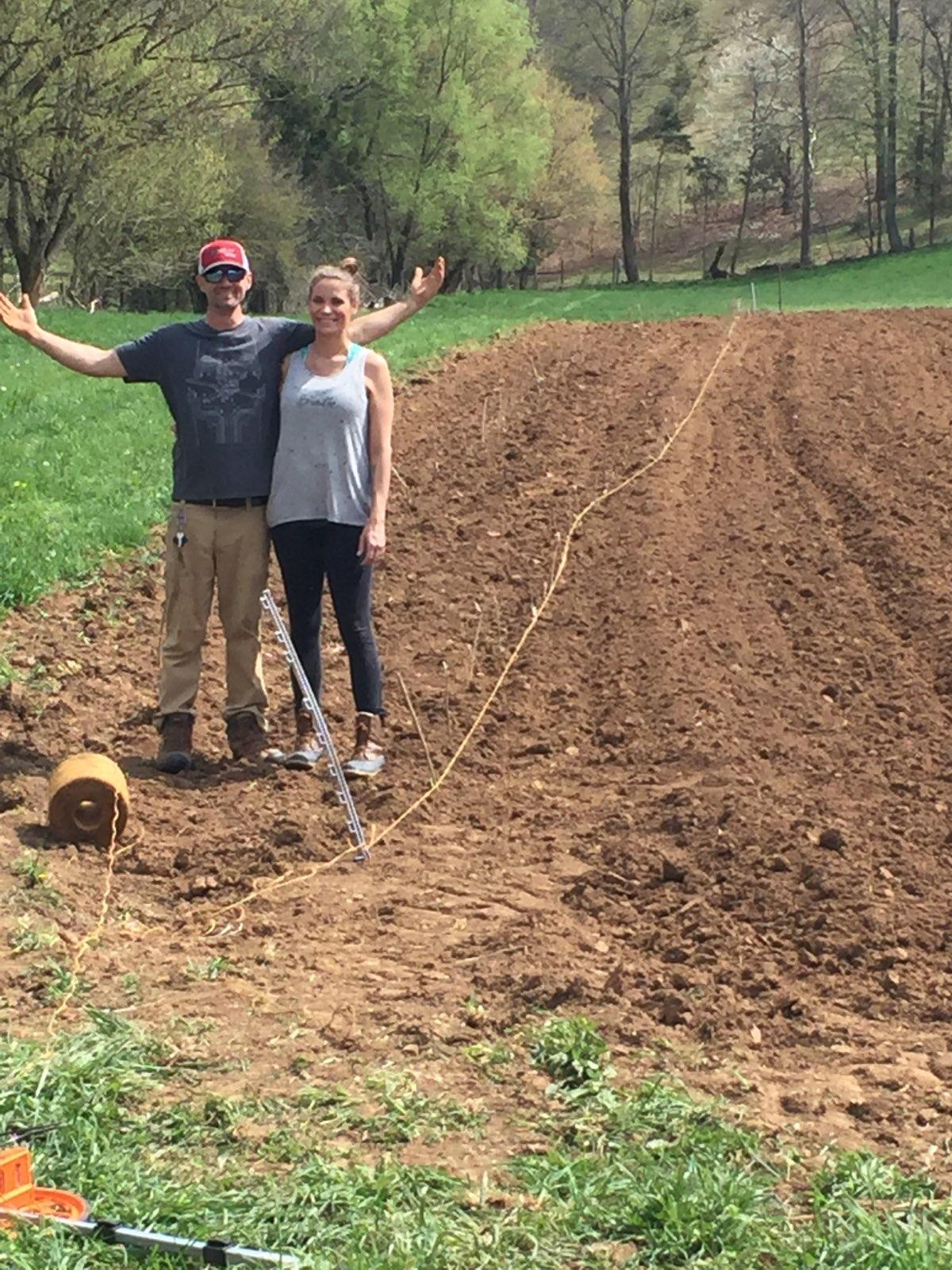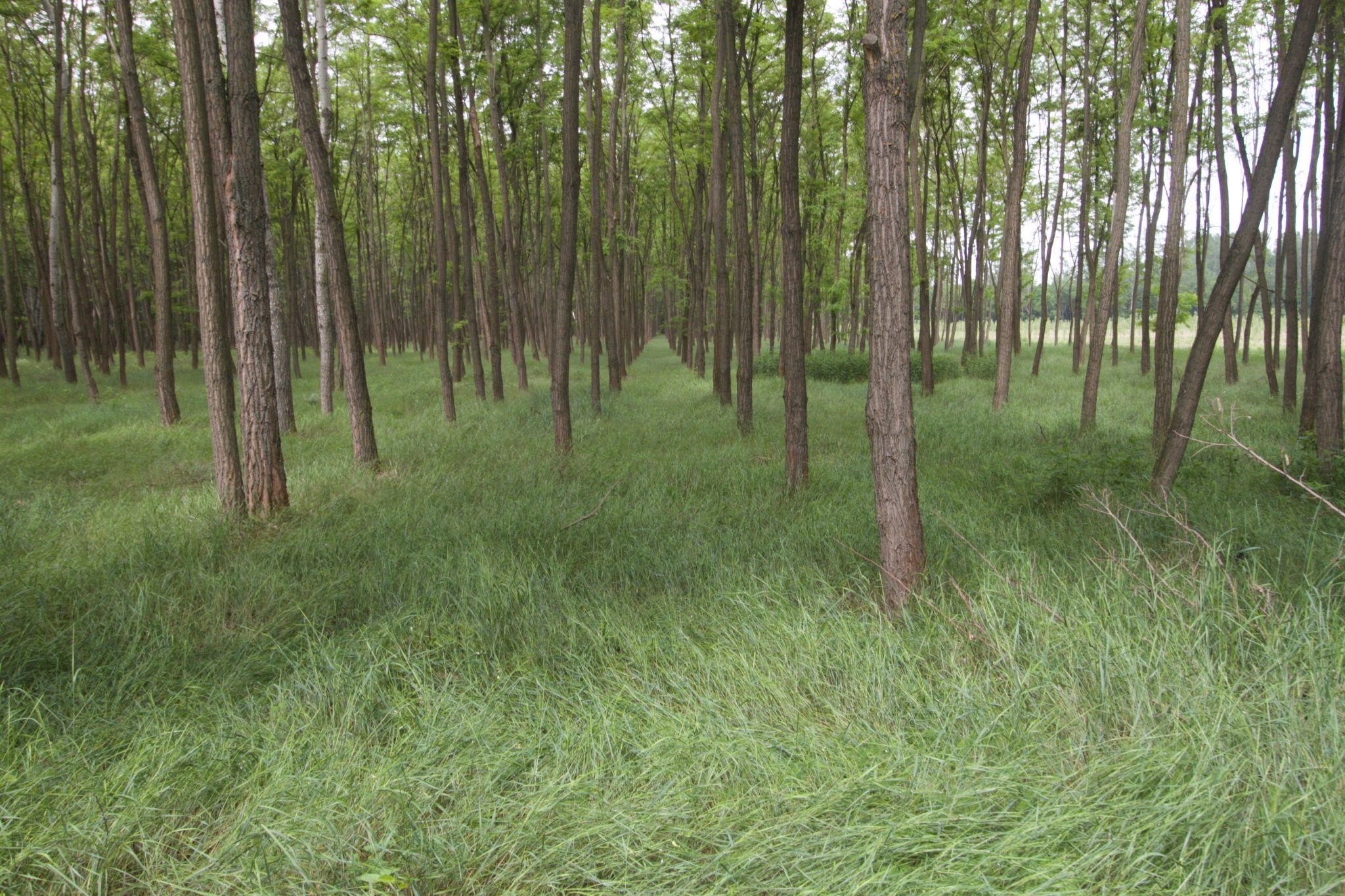Overcoming Bottlenecks in the Eastern US Chestnut Industry: An Impact Investment Plan

The chestnut industry is positioned to become an important growth sector in the Eastern U.S. agricultural economy as well as a significant solution to reducing US CO2 emissions, according to a recent report released by the Savanna Institute. The full report, “Overcoming Bottlenecks in the Eastern U.S. Chestnut Industry: An Impact Investment Plan”, is available at https://www.savannainstitute.org/chestnut-impact-investment-report/
- Details
- Parent Category: 2021 Volume 27
- Category: Volume 27 No. 3 Fall 2021





